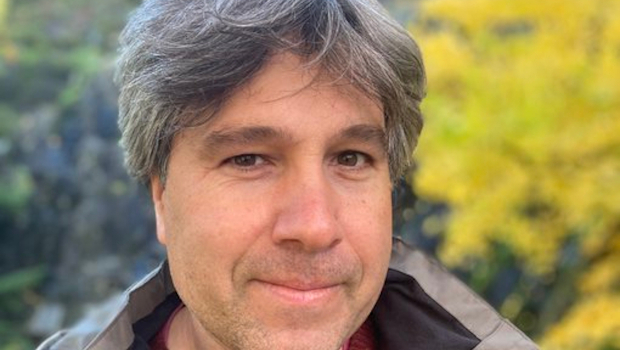
Battle lines drawn for AI art court battle
2022 was, without question, the year of artificial intelligence (AI). After decades of ebbing and flowing promises, hype cycles, development slowdowns known as ‘AI winters’ and name changes (does anyone remember ‘expert systems’?), last year AI finally delivered something tangible.
First came AI ‘generative art’ applications, followed by a usable and useful textual application in the form of ChatGPT, which can, if not think, at least write coherently.
This rise of AI has also delivered ethical – and legal – dilemmas, however.
Following months of grumbling from professional illustrators, law firm Joseph Saferi announced it was launching a class action law suit against Stability AI, DeviantArt, and Midjourney. Led by artist and lawyer Matthew Butterick, the suit takes aim at the use of generative AI tool Stable Diffusion on the basis that it was trained by being fed original art without a licence.
“It [Stable Diffusion] is a parasite that, if allowed to proliferate, will cause irreparable harm to artists, now and in the future,” Butterick wrote.
It is easy to see why artists are annoyed. Firstly, no-one denies that AIs were trained on their work. Secondly, there is a growing fear that the technology threatens the entire profession.
At the moment, generative AI applications are not quite up to the task of replacing illustrators. In short order they might just be, though.
Speaking to TechCentral, Irish artist Avram Dumitrescu, now living in Canada, admitted that technology itself is remarkable. However, he said, there are too many flaws with the technology, the biggest of which that the AI is trained on original art created by artists.
Beyond that, however, he simply has no interest in using the technology in his own work.
“[As] an artist why would I do it,” he said.
“You currently don’t have the granular control that an illustrator can give you (‘make that person turn the other direction and put this person’s hand into their pocket’). I am an editorial illustrator and making quick drawings is how I begin to understand and solve an assignment. Sketching allows me to explore different ideas and come up with a solution for the publication. Using AI would eliminate this vital preliminary step, which is like building a house without a foundation,” he said.
In addition, Dumitrescu said, he simply likes to draw.
“On a personal level, I love to draw. It’s like meditation where afterwards I feel better and more grounded. Why would I give this to a computer and automate it?”
There are plenty of other ethical issues that will also need to be addressed, however.
An investigation published by Time magazine found that ChatGPT was trained, in part, by subcontracted workers in Kenya who were paid just US$2 (approx. €1.82) per day for the unpleasant task of teaching it to understand, and so avoid producing, vulgar, abusive and discriminatory material.
More broadly, Microsoft upping its investment in ChatGPT developer OpenAI by US$10 billion (approx. €9.2 billion) at the very same time it announced a swathe of layoffs hints at a difficult problem ahead for society if AI does truly come good on its promise.
As a result, the generative art suit looks very much like it will be only the first of many ethical battles over AI, both in and out of the courtroom.






Subscribers 0
Fans 0
Followers 0
Followers